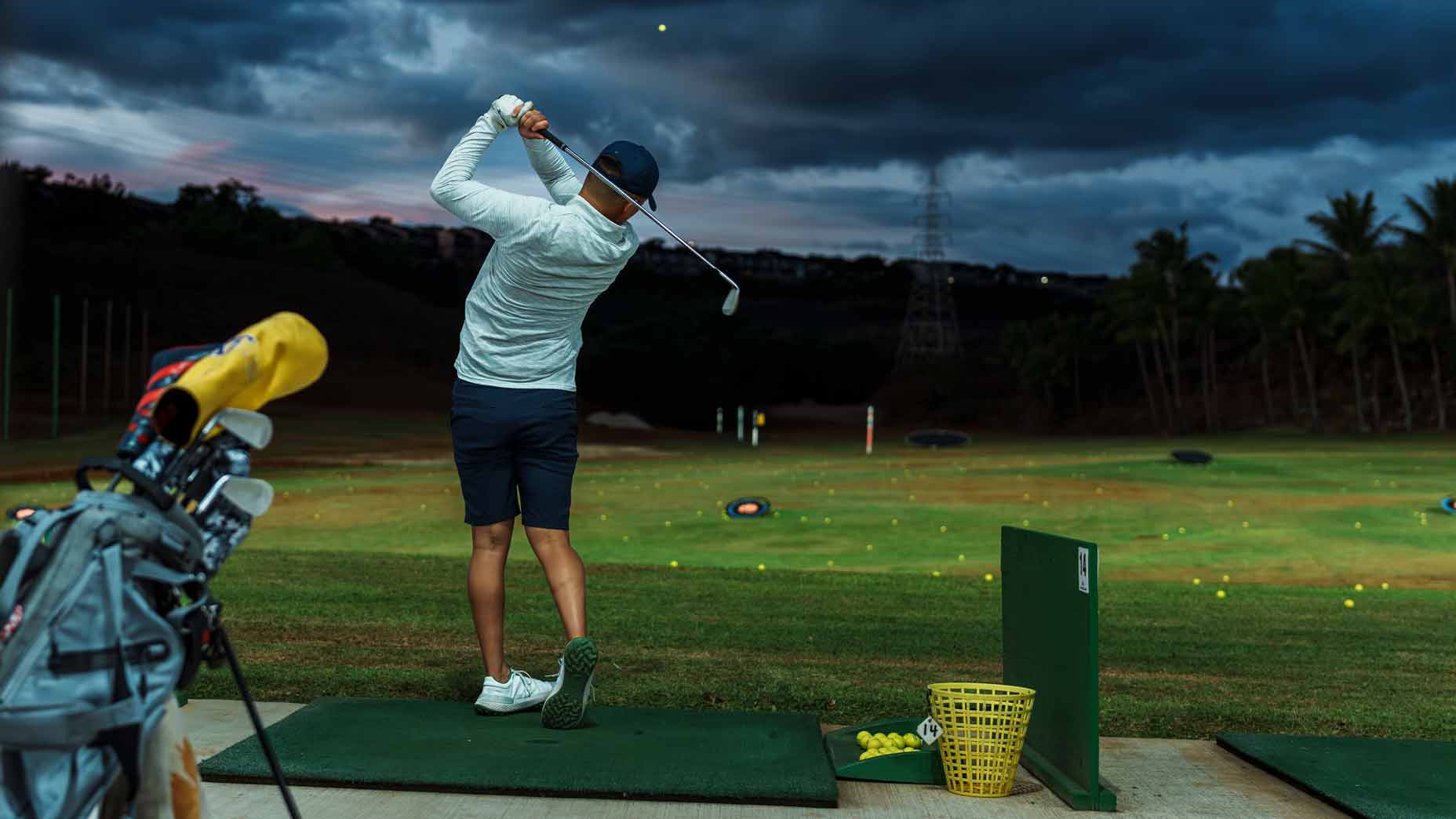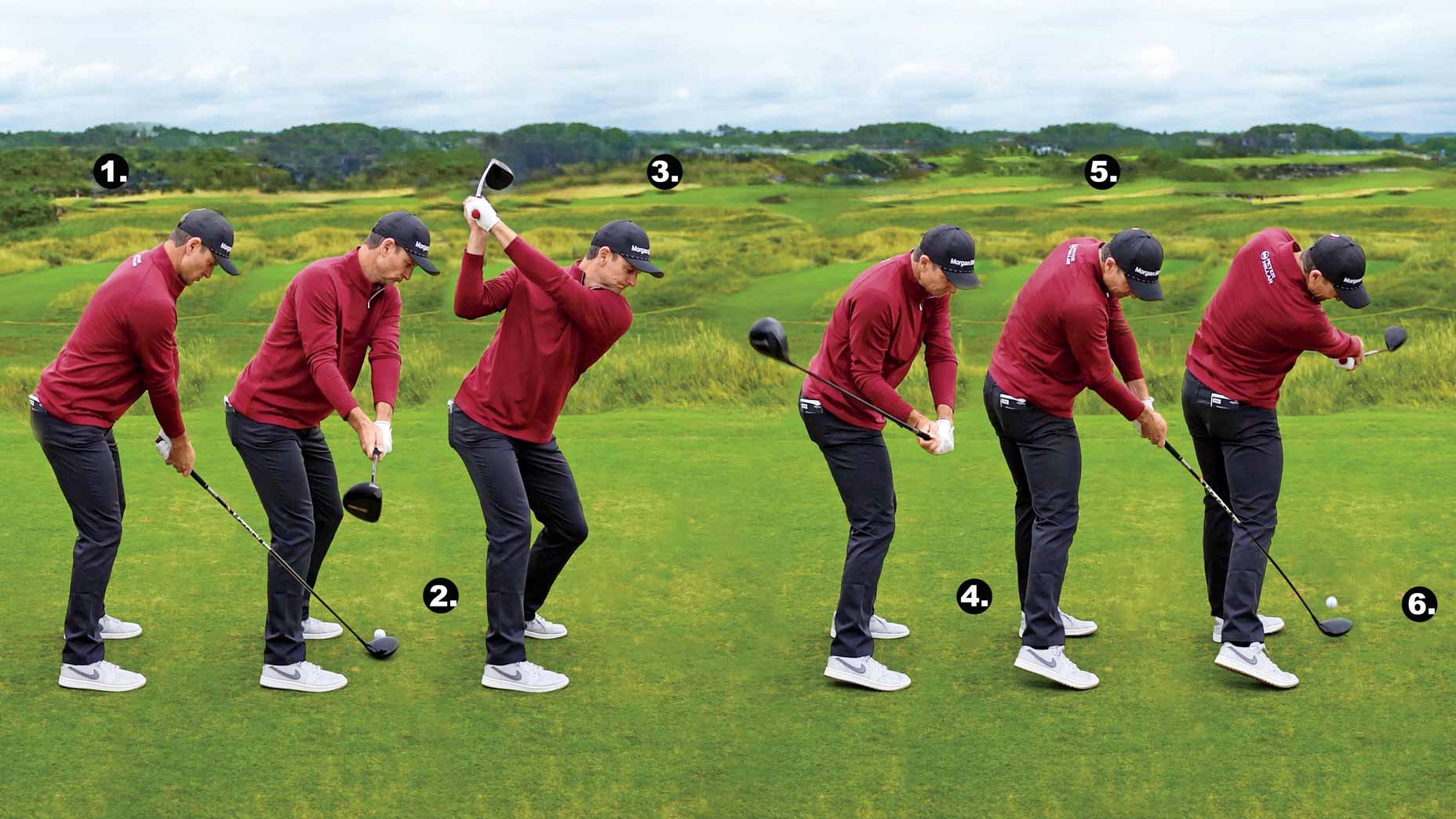Rolling your first putt within tap-in range is a hugely important skill. If you can eliminate those pesky three-putts, you’re sure to see your scores drop.
The frequency of three-putts is one of the biggest differentiators between handicap groups. So if you’re serious about lowering your handicap, becoming a better lag putter is a great place to start.
Below are 10 keys for improving your lag putting.
1. Focus on technique
As with most elements in golf, technique when lag putting is hugely important. Make sure you’ve got a good setup position and a grip that will deliver a square clubface to the ball. It’s also key that you have a stroke path that is neutral and repeatable.
2. A solid grip
There are numerous different effective putting grips out there, but the key is choosing the one that works best for you. And don’t be afraid to experiment, either. If one grip isn’t working, try something a little different. Before long, you’ll find something that is consistent, comfortable and repeatable.
3. Eliminate the yips
If you suffer from an uncontrollable flinch near impact — the yips — you must work to correct the issue. First identify which hand is causing the yippy stroke. From there you can alter your technique to improve the issue.
4. Look at the face
Speed is the most important part of lag putting, but don’t forget to take a look at your face angle as this will determine the aim of your putt. There are plenty of training aids that can assist you in improving here, such as the putting mirror linked below.
5. Eliminate extra movement
To truly master distance control you need to eliminate any extra movement during your putting stroke. Work to make sure you are keeping your head still and have proper weight distribution during the stroke.
6. Backstroke is key
The length of your backstroke will determine the distance your ball rolls, so focus on how far you are taking the putterhead back. Don’t change the power on your stroke, merely change the length of your backstroke.
7. Rhythm is crucial
Keeping a smooth rhythm in your stroke is crucial as well. Practice keeping things even and smooth to generate the best results.
Drills to try
Below are some of my favorite drills for practicing lag putting.
8. Three-foot increment drill
Place some balls on the practice green and set them up three feet apart getting further and further from the hole. The goal for every putt should be for it to settle within tap-in distance of the hole. After a while, you’ll know exactly how large a stroke you need for every distance.
9. Uphill/downhill drill
Your stroke size will need to change to account for hills as well. Go back and forth between uphill putts and downhill putts and make note of how the severity of the slope changes the size of your stroke.
10. Work on different green speeds
Each course you play will have different green speeds, so you’ll constantly need to be calibrating your speed. Make sure you are dialing in your speed before every round to make sure you’re giving yourself the best chance for success on each different course.











